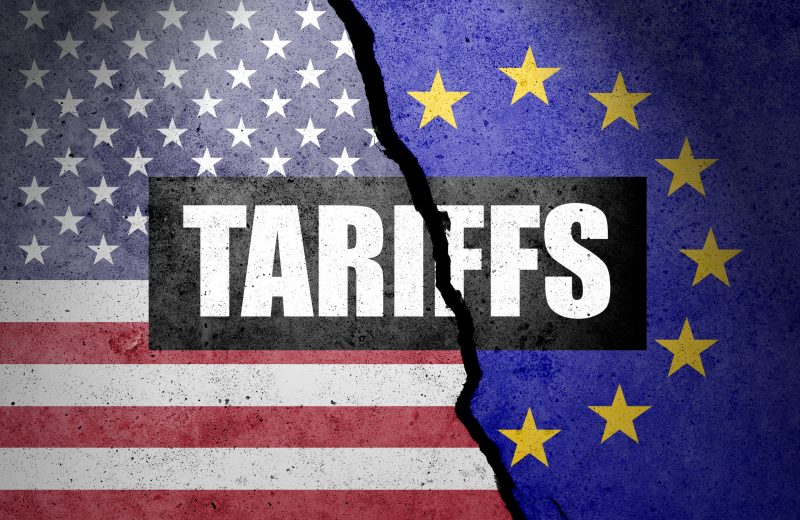Tariff brain rot

Dictionaries like to announce their words of the year. In 2024 the Oxford English Dictionary chose ‘brain rot’. Dictionary.com went with ‘Midwest nice’’ and Collins Dictionary with ‘brat’.
The CJI word of 2025 is, without doubt, ‘tariff’.
Aerospace tariffs had not been an issue for 25 years. The major aircraft or engine-building countries agreed to remove tariffs on aerospace products in 1980. This all ended when President Donald Trump pushed for tariffs in his inauguration speech back in January. Many announcements since then have forced trade lawyers and custom brokers to spend a lot of energy trying to keep up.
By the time you read this it could be out of date, but optimists feel that we could get back to 1980 soon.
Last week the EU and the US published guidance on their new trade agreement which includes zero tariffs on aerospace products moving between the two markets. This follows similar agreements with first the UK and then Japan during the US summer.
‘Job growth’
“NBAA commends the administration for returning to a reciprocal zero tariff agreement with the EU for aircraft and parts,” said Ed Bolen, CEO and president of the National Business Aviation Association. “This new policy and accompanying guidance will allow for further innovation in the aerospace industry, enable the trade surplus to grow and help the sector continue to make significant contributions to the US economy and job growth.”
This is great news for manufacturers like Airbus, Dassault and Daher inside the European Union. But things are still complicated for US buyers of aircraft made in countries like Switzerland, Brazil and Israel (with tariffs ranging from 10% to 39%). All three countries are attempting to negotiate new trade deals and you would not expect the US to have an issue with agreeing zero aerospace tariffs as part of these.
There is still some uncertainty with some pre-owned aircraft. Lawyers say that importing a new aircraft into the US from Canada, for example, is relatively simple under the US Mexico Canada (USMCA) agreement.
But, depending on your viewpoint, things may be more complicated for pre-owned, non-US aircraft that are considered to have been transhipped to another country (or other countries) first. The trans shipment rules are not entirely clear, so buyers need to be very careful.
‘Complicated areas’
“Buyers need to beware. They need to do tariff due diligence when importing aircraft and hire competent trade lawyers who know what they are dealing with,” says Tobias Kleitman, president of TVPX. “There are complicated areas where you really need guidance.”
Things can also change fast. President Trump has recently announced new 100% tariffs on pharmaceutical companies and 25% levies on heavy trucks.
He has also added 50% tariffs on kitchen and bathroom cabinets imported into the US. Presumably, this is because President Trump wants US installers to be shelf-sufficient.
Hopefully, the US will negotiate more zero-tariff aerospace agreements soon. But it is a safe bet that the word will keep creeping up in 2026. Which is not Midwest nice.
Subscribe to our free newsletter
For more opinions from Corporate Jet Investor, subscribe to our One Minute Week newsletter.







